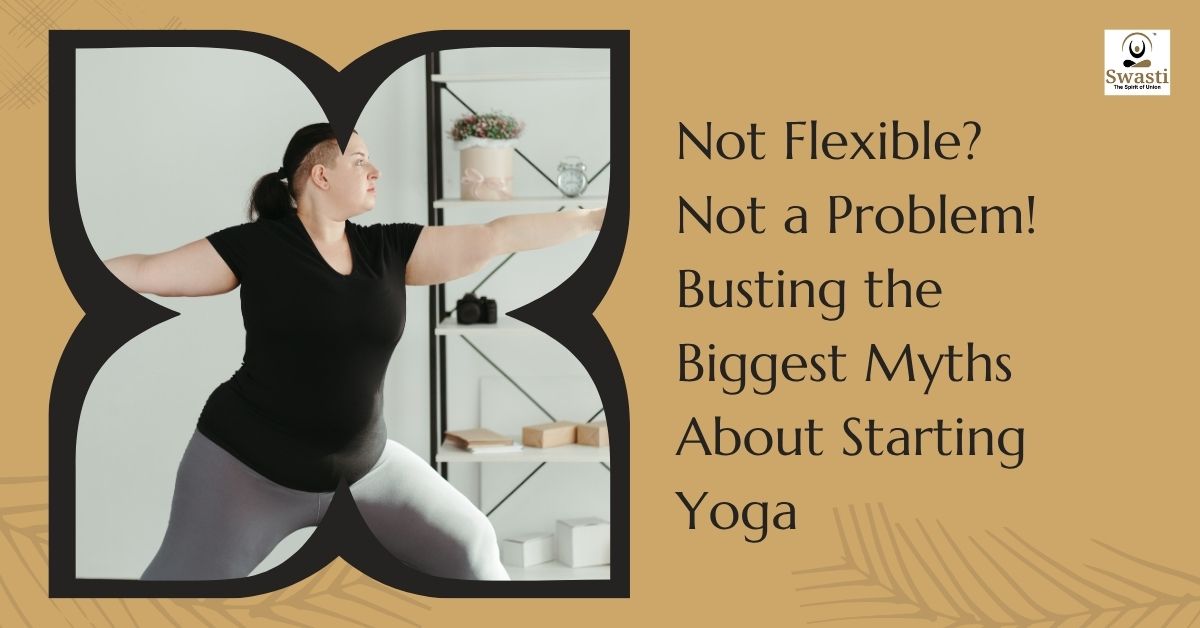In an age of digital overwhelm, burnout, and rising mental health challenges, wellness seekers are increasingly turning toward nature-based therapies to reconnect, reset, and restore. One of the most surprising yet deeply healing practices emerging from India is Cow Therapy, also called Goshala Seva—a mindful experience of feeding, caring for, and meditating with sacred Indian cows. To many in the West, the idea of spending time with cows as a wellness practice may seem unfamiliar—or even strange. But Cow Therapy is not a religious ritual, nor is it about idolizing animals. Rather, it is a science-backed, spiritually enriching, and emotionally grounding experience that taps into age-old traditions and modern therapeutic principles. At wellness centers like Swasti Yoga Center, integrating Cow Therapy has become a transformative journey, offering not just peace and connection—but also active climate action, cultural preservation, and compassionate service. What is Cow Therapy (Goshala Seva)? Cow Therapy is a nature- and animal-assisted therapy that allows individuals to interact with cows in a sacred and mindful environment. Activities include: Feeding the cows with jaggery, fodder, or fruits Brushing and massaging the cows to establish touch-based healing Cleaning cow sheds with natural tools Offering water, chanting mantras, or playing soft music Meditating in the presence of cows, known for their calm, grounding aura Participating in traditional Indian rituals like Gau Aarti and Pradakshina This therapy, known for its non-verbal, intuitive healing, is both therapeutic and transformative—nurturing compassion, gratitude, and emotional resilience. This is a non-religious, sensory-based experience that centers on kindness, connection, and calm. Why Cows? Unlike other animals, Indian cows—especially indigenous breeds like Gir and Sahiwal—are known for their calm temperament, emotional sensitivity, and nurturing energy. Their slow, rhythmic movements and peaceful presence act as a grounding force for the nervous system. Think of it as a large, warm, breathing therapy animal that expects nothing and gives everything. In India, cows are not worshipped in the literal sense, but honored as symbols of selfless giving—providing milk, natural fertilizer, and companionship, even in old age. This cultural respect has led to the creation of Goshalas, sanctuaries where cows live peacefully after their productive years. Scientific Research & Mental Well-being Scientific evidence supports the benefits of animal-assisted therapy. Studies published in the Journal of Psychiatric Research and Frontiers in Psychology show that interacting with animals lowers cortisol (stress hormone), increases oxytocin (bonding hormone), and improves symptoms of PTSD, anxiety, and depression. Slowing the nervous system: The slow movements and calm energy of cows help individuals mirror that stillness. Grounding effect: Touching cows, walking barefoot in the mud, or cleaning sheds offers earth-based grounding, a key factor in emotional regulation. Non-judgmental presence: Cows offer silent companionship that feels safe and accepting, especially for people dealing with trauma or grief. Who Can Benefit? Cow therapy is open to: Children, including those with autism or behavioral issues The elderly need companionship and purpose Mental health patients recovering from trauma, depression, or addiction Corporate professionals dealing with burnout and disconnection Spiritual seekers, yoga students, or wellness travelers seeking deeper connection No religious background or prior experience is needed—only an open heart and gentle attitude. Cultural Importance in India In Indian tradition, the cow is revered as Gau Mata (Mother Cow)—a divine symbol of abundance, patience, and nurturing. Cows are present in Hindu mythology, rituals, and daily life. Ancient texts describe cows as Kamadhenu, the wish-fulfilling being, and their pancha-gavya (milk, curd, ghee, urine, and dung) are used in rituals and Ayurveda. Sustainability & Climate Action Cow therapy goes beyond emotional wellness—it becomes a gateway to climate-conscious living. Indigenous Indian cows (like Gir, Sahiwal, and Rathi) are not raised for mass dairy production but are eco-resilient and central to organic agriculture. Cow dung is a bio-resource used to make: Compost and fertilizer (reducing chemical use) Biogas for clean cooking fuel Eco-products like rosary beads, incense sticks, paper, cow-dung idols, and bricks Cow urine is used in natural pest control and Ayurvedic medicines. By buying products made from cow dung, consumers help: Prevent the slaughter of old or unproductive cows Create income for goshala workers Promote zero-waste, cruelty-free production models This connects well with global efforts to reduce carbon footprints, promote biodiversity, and embrace sustainable tourism. Rules & Ethics of Goshala Seva Participants are expected to: Show gentleness and reverence to cows Refrain from wearing leather or synthetic perfumes Follow a vegetarian or sattvic diet before seva Keep silence or chant softly during interactions Respect caretakers and maintain cleanliness These ethical practices ensure a sacred, calm, and respectful environment. Spiritual and Yogic Dimensions Cows are considered sattvic beings, radiating purity and peace. Meditating near cows: Enhances Anahata Chakra (heart energy) Deepens Bhakti Yoga (devotion) Encourages Ahimsa (non-violence), the foundational yogic virtue Invokes contentment, forgiveness, and spiritual strength At Swasti Yoga Center, cow therapy is often integrated with sunrise yoga, kirtan, karma yoga, and cultural rituals, creating a holistic path to inner transformation. Myths Debunked Myth 1: Cow Therapy is religious.Reality: While cows are respected in Indian culture, the practice is spiritual, not dogmatic. No conversion, belief system, or ritual obligation is involved. Myth 2: It’s unscientific.Reality: Cow therapy incorporates elements of animal-assisted therapy, eco-therapy, mindfulness, and somatic healing—all backed by growing research. Myth 3: Old cows are useless and should be culled.Reality: In India, even non-milking cows contribute through sustainable products made from their dung and urine—such as biodegradable paper, rosary beads, incense sticks, fertilizers, and even eco-building materials. Purchasing these products helps sustain the cows’ lives and offers an ethical alternative to slaughter. From Stillness Comes Healing Cow Therapy is not about worshiping cows—it’s about slowing down, listening deeply, and reconnecting with life in its simplest form. In a world chasing productivity, this is a therapy rooted in presence, peace, and purpose. Whether you’re a wellness traveler, a sustainability enthusiast, or someone simply seeking comfort, Cow Therapy invites you to experience healing in the most unexpected, yet deeply natural way—through the eyes of a sacred cow. Come experience Cow Therapy at Swasti Yoga Center, where











